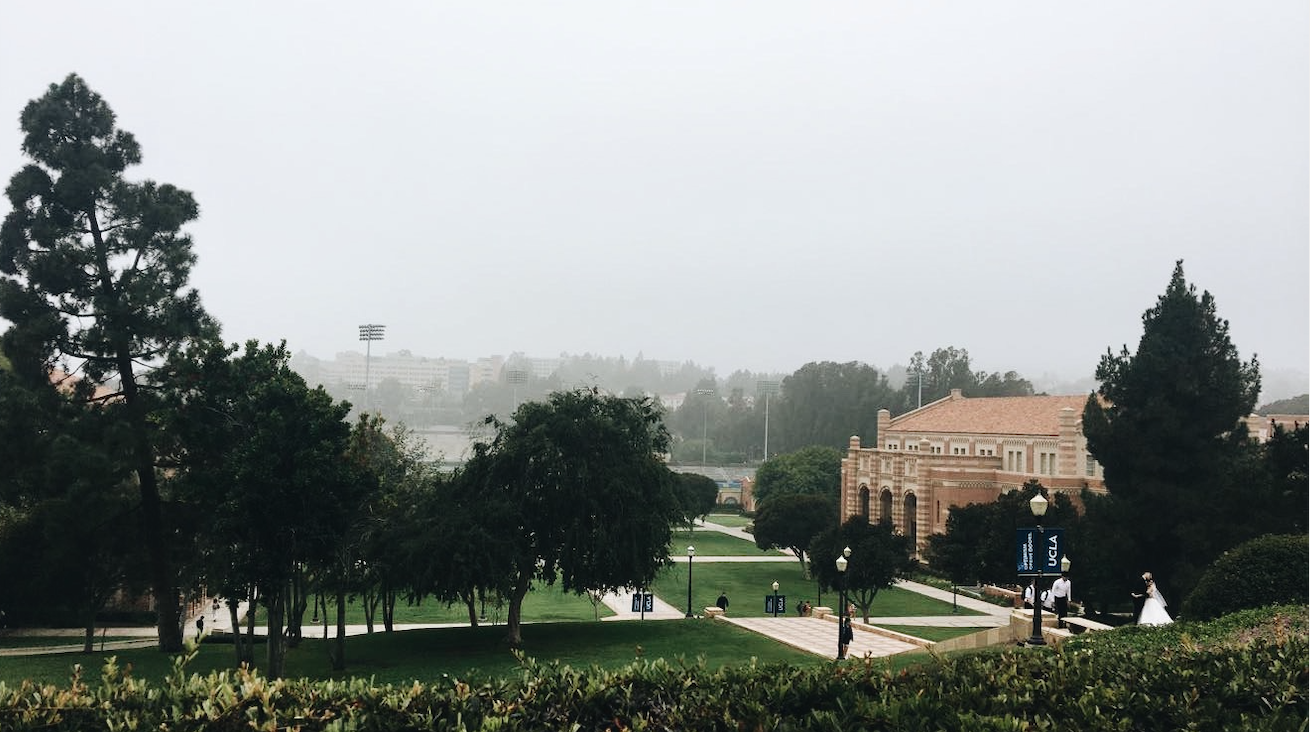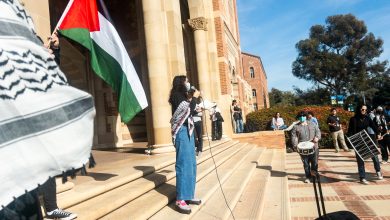The Diversity of UCLA’s Diversity Requirement

Photo by Devika Shenoy
At face value, UCLA encourages students to pursue a diverse educational background. According to the Registrar’s website, “Diversity courses have substantial content that addresses racial, ethnic, gender, socioeconomic, sexual orientation, religious or other types of diversity.” Nonetheless, it is important to discuss the diversity requirement, its purpose, how it came to be, and the associated classes.
According to UCLA Newsroom, the diversity requirement was voted in by faculty March 10, 2015. The creation of classes that address the problems along different axes of oppression stem from the faculty’s opinion that “universities have a responsibility to prepare students for life in a multicultural world and that understanding the perspectives of others is a core competency.” With such a large student body with individuals from all backgrounds and many countries, UCLA deserves a system like the diversity requirement that brings the campus together. Unlike other requirements, including several major classes and the language requirement, one cannot opt out of the diversity requirement using language credits, ensuring that all students get access to the content addressed in diversity classes.
The College of Letters and Science, School of Music Diversity, School of Public Affairs Diversity, and the School of the Arts and Architecture all have slightly different focuses, all geared towards the mission of the diversity requirement. According to the Registrar’s website, while not all students, such as students in the School of the Arts and Architecture, have to take classes off the Diversity Course Master List, each program still ensures that individuals take classes that fulfill the program’s mission.
What do some of these classes look like? One example, Sociology M5, or “The Social Organization of Black Communities, “focus[es] on [the] origins and development of black communities, competing theories and research findings, defining characteristics, and contemporary issues.” The class received positive reviews on UCLA’s professor rating system, BruinWalk, noting the incorporation of art and music that enhanced the learning experience of the class. The class provides an example of the real-world applicability of the diversity requirement.
Are all the classes taking the right direction, though? Ancient Near East 15W, also known as “Women and Power in the Ancient World,” is a class I had the opportunity to take Winter 2019 with Professor Kara Cooney, an accomplished Egyptologist. From my experience in the class, when the focus is on women in the Ancient Near East (Greece, Rome, Egypt, Levant, etc), the narrative presented seems cohesive and understandable. However, as the quarter progressed, the class began to notice that several of the lectures, especially lectures about women’s statuses in ancient Asia, seemed factually incorrect. Often, it seemed that the framework built to understand women and power in Ancient Egypt was molded into a framework for other cultures who may or may not have had comparable sociopolitical atmospheres. For example, Professor Cooney noted that the Rig Veda, a sacred Sanskrit text, and possibly one of the oldest religious texts in the world, blatantly discriminated against women in sociocultural and political aspects of life. Researching the topic indicates the opposite: often, the Rig Veda generally presented equality of the genders.
Furthermore, throughout the course, the professor would occasionally make remarks that suggested an unacknowledged level of white privilege. For example, she once made the comment that the United States was not an imperialist country, an opinion that can change depending on what perspectives and information one has been exposed to. Therefore, Ancient Near East 15W potentially does not fulfill the diversity requirement’s mission by limiting the frameworks used for analysis to virtually one (the one based on Ancient Egypt). So, who scrutinizes these classes and whether or not they represent diversity? Is it feasible to thoroughly vet these classes when professorial discretion is hard to truly restrict?
A few bad classes do not render an entire program ineffective. Acknowledging the importance of diverse learning in higher education can reinforce inclusive learning environments and create spaces where people of all backgrounds and upbringings can understand the world through different perspectives as well as share their own. Many of the classes under the diversity course requirement list, such as Gender 10 (“Introduction to Gender Studies”) and English 100 (“Ways of Reading Race”) have strong reviews on rating websites such as Bruinwalk and Ratemyprofessor, with reviews highlighting the classes’ safe spaces.




